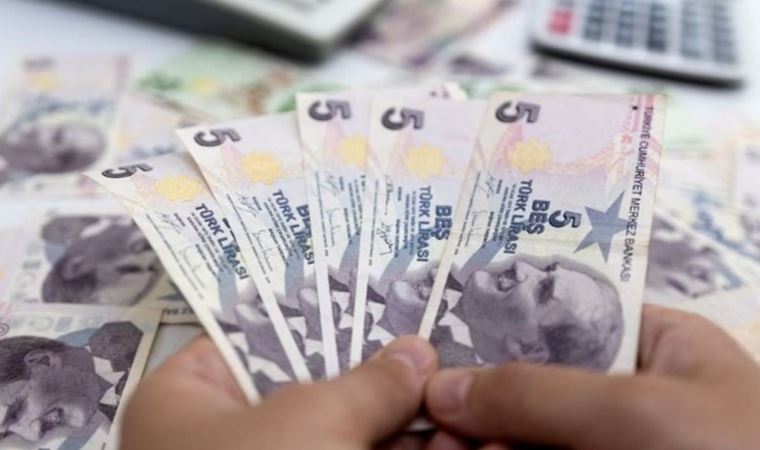JPMorgan sees Turkey lira diving towards 30 per dollar after elections
Turkey's lira is likely to drop sharply and could near 30 to the dollar following next month's elections, bankers at JPMorgan have predicted, if it looks like only modest changes will be made to its unorthodox economic policies.

Turkey's tightly contested presidential and parliamentary elections on May 14 are perhaps the most consequential in the century-long history of the republic.
They mark a fork in the road for both Turks battered by an inflation-driven cost of living crisis and for international investors, many of whom have bailed out of the country amid recurring bouts of market turmoil in recent years.
JPMorgan's analysts said that macro adjustments were expected regardless of the results but laid out two scenarios based on the degree of commitment to more orthodox policies, such as interest rate rises to cool inflation.
In a "strong commitment" scenario they predicted the lira would initially fall to 24-25 to the dollar and to 26 by year end compared to around 19 currently.
Benchmark government bond yields, which drive borrowing costs in the economy, would jump to 25%.
"Initially, lira depreciates, driven by pent-up pressures of the large stimulus ahead of the elections. As financial repression is relaxed, locals increase FX portfolios, while foreigners wait for better valuation entry points."
If the shift towards more orthodox polices looks like being more modest, however, the lira could drop to close to 30 to the dollar by year end albeit with a slower initial drop while bond yields were unlikely to adjust much in this scenario.
"A tactical assessment will therefore be needed and we expect elevated volatility," JPMorgan's analysts said.
They cautioned that, even with best intentions, the path to disinflate the economy will be protracted, while it was likely that the central bank would also aim to rebuild its FX reserves.
They added that only a modest return to orthodox macroeconomic policies, including a slower pace of credit growth, some lower levels of financial repression and some path to rebuilding FX reserves, was "unlikely to inspire capital inflows" meaning the lira would "likely remain on a more protracted depreciation path".
They estimated the lira’s real effective exchange rate (REER), which takes into account prices and measures its value against other currencies whose countries Turkey does a lot of trade with, was now about 32% below its "fair value".
"A scenario of a return to orthodox macroeconomic policies could set lira on a real appreciation trend back towards its fair value," JPMorgan said.
"However, initial real appreciation will be driven primarily by prices, with little scope for FX spot appreciation."
